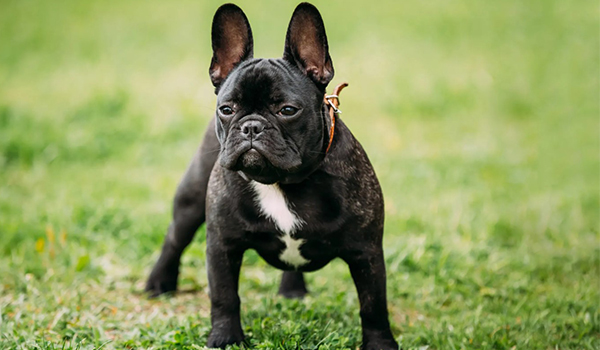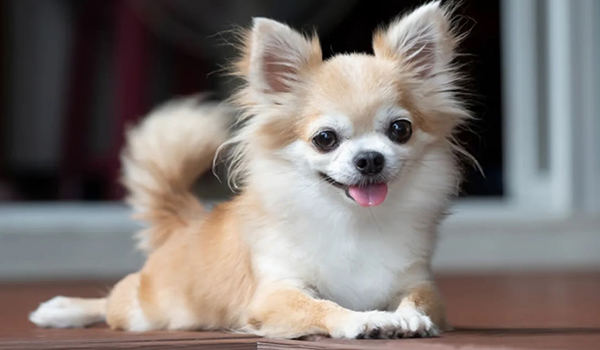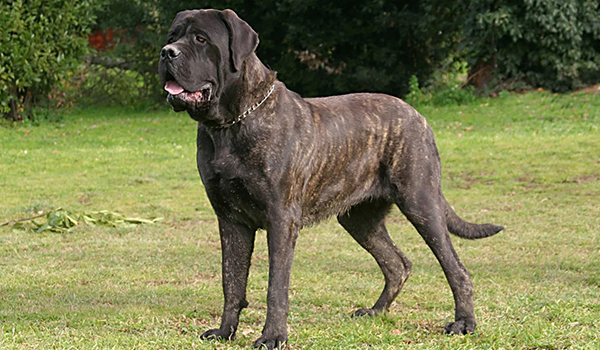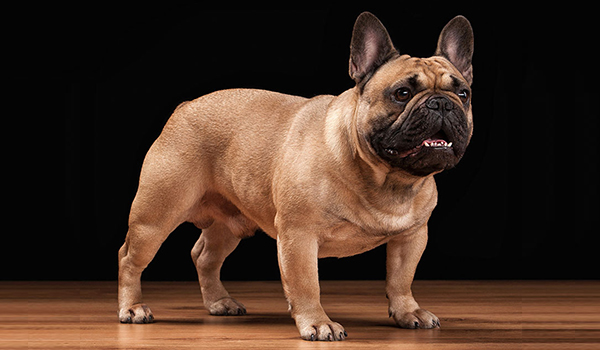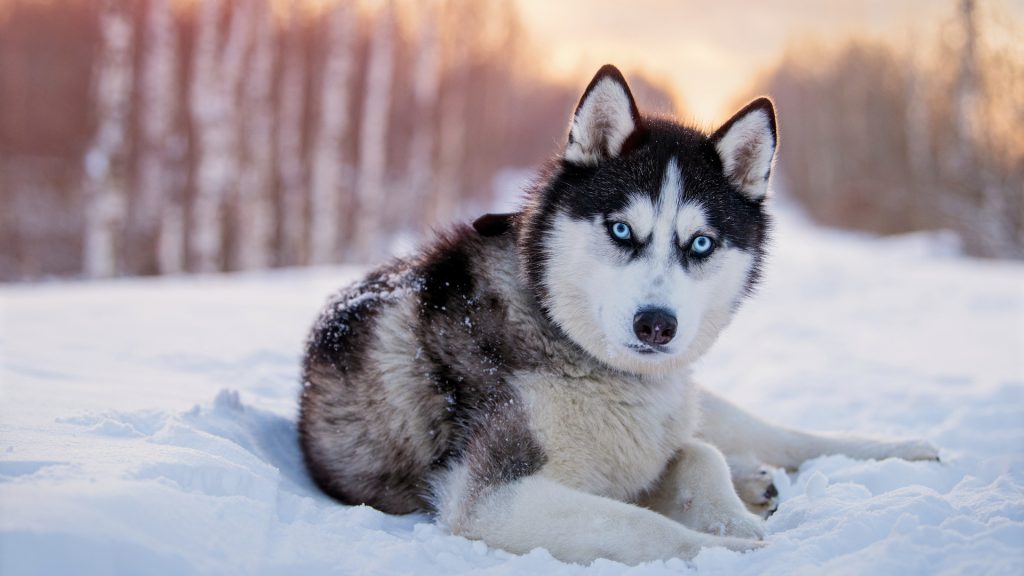
This comprehensive guide is essential reading for anyone captivated by the Husky’s looks. It will explore the realities of living with this high-energy, intelligent, and escape-artist breed to help you determine if you have the lifestyle, patience, and secure fencing to meet the needs of this magnificent but demanding dog.
Breed Overview
- Group: Working
- Height: 20 – 23.5 inches (at the shoulder)
- Weight: 35 – 60 pounds
- Life Span: 12 – 14 years
- Coat: A dense, double-layer coat that is medium in length. It comes in a stunning array of colors and patterns, including black, white, gray, red, and agouti, often with striking facial masks.
A Brief History: Born to Run in the Frozen North
The Siberian Husky was developed by the Chukchi people of Siberia as an endurance sled dog to pull light loads over vast frozen expanses. They were bred for strength, stamina, and the ability to work in a team with minimal food. Their survival depended on a cooperative spirit and efficient movement.
They were brought to Alaska in the early 20th century for sled dog racing and gained international fame during the 1925 Nome serum run, where teams of Huskies heroically delivered diphtheria antitoxin through a blizzard. This event cemented their reputation as resilient and dependable athletes. Unlike many northern breeds, they were never used for guarding or hunting large game, which explains their characteristic friendliness toward people.
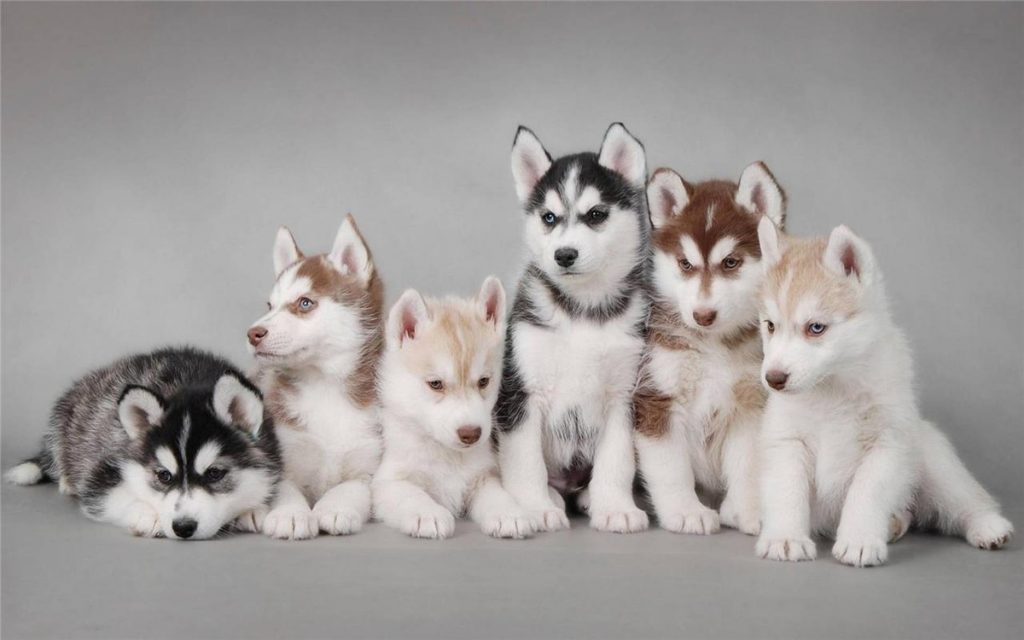
The Siberian Husky Temperament: The Independent Athlete
The Husky’s temperament is a unique blend of friendliness and fierce independence, shaped by their history as a pack animal.
- Friendly & Outgoing: Huskies are typically not one-person dogs. They are notoriously friendly and outgoing with everyone, including strangers. They make poor guard dogs.
- Energetic & Athletic: Bred to run for miles, they have an immense, almost boundless, reserve of energy. A simple walk is not sufficient exercise.
- Independent & Clever: They are intelligent but have a strong independent streak, bred to make decisions on the trail. This can make them stubborn and challenging to train for obedience that requires precision.
- Playful & Mischievous: They retain a puppy-like playfulness and can be clever clowns, often finding creative ways to entertain themselves (which may involve destroying your couch).
- Prone to Howling & “Talking”: They are not big barkers but are famous for their howls, yodels, and dramatic “talking” vocalizations. They are a very vocal breed.
Caring for Your Siberian Husky
Exercise: A Non-Negotiable Lifestyle Commitment
This is the single most important factor in Husky ownership. An under-exercised Husky will be destructive, loud, and miserable.
- Daily Requirements: At least 60-90 minutes of vigorous, heart-pumping exercise every single day.
- Types of Exercise: This must be more than a walk. Ideal activities include:
- Running: Jogging, bikejoring, or canicross.
- Sledding or Carting: Tapping into their natural pulling instincts in a controlled way.
- Hiking: Long, adventurous hikes on a secure harness.
- Secure Off-Leash Play: Only in a very large, securely fenced area (see “Containment” below).
- Mental Stimulation: Puzzle toys, nose work, and training games are also important to prevent boredom.

Grooming: The Blowout is Real
Their double coat is designed for extreme weather and requires significant maintenance.
- The “Blow”: Huskies “blow” their entire undercoat twice a year (typically in spring and fall). During this time, which can last for weeks, daily brushing with an undercoat rake is essential to manage the incredible amount of loose fur.
- Regular Brushing: Outside of shedding season, brushing 2-3 times a week is sufficient.
- Bathing: They are naturally clean dogs with a self-maintaining coat that repels dirt. Bathe only a few times a year or as needed.
- Other Needs: Regular nail trimming and ear cleaning.
Training: Patience, Consistency, and High-Value Rewards
Training a Husky requires a specific approach. They are not eager-to-please like a Golden Retriever.
- Start Early: Begin socialization and training immediately. Expose them to various sights, sounds, and animals to build a confident, well-adjusted dog.
- Be Interesting & Motivating: Use high-value treats (like real meat or cheese) and keep training sessions short, fun, and varied to hold their attention. They respond poorly to repetition and force.
- Focus on Key Skills: Reliable recall is extremely challenging due to their high prey drive and independence. They should never be trusted off-leash in an unsecured area. Focus on strong leash manners and a solid “leave it” command.
- Channel Their Instincts: Provide appropriate outlets for their desire to pull through activities like bikejoring or carting.

Health: What to Be Aware Of
Siberian Huskies are generally a healthy, robust breed but are prone to certain conditions.
- Hip Dysplasia: A common skeletal condition that responsible breeders screen for with OFA or PennHIP certifications.
- Eye Conditions: Prone to several hereditary issues, including juvenile cataracts, progressive retinal atrophy (PRA), and corneal dystrophy. Reputable breeders will have their dogs’ eyes certified annually by a veterinary ophthalmologist.
- Zinc-Responsive Dermatosis: Some Huskies have an inability to absorb zinc properly, leading to skin lesions and hair loss, which is treatable with supplements.
Is a Siberian Husky Right For You?
A Siberian Husky might be your perfect match if you:
- Are an extremely active, athletic person (runner, hiker, skier).
- Live in a cooler climate or have a climate-controlled home.
- Have a very large, secure yard with a tall, sunk fence (6+ feet, with dig-proof barriers).
- Have a sense of humor and don’t mind a vocal, sometimes dramatic, dog.
- Are an experienced dog owner who understands independent breeds.
You should absolutely reconsider if you:
- Want a dog with reliable off-leash capabilities.
- Prefer a quiet, low-energy, or eager-to-please lap dog.
- Live in a hot, humid climate.
- Have a weak stomach for pet hair (the shedding is epic).
- Are a first-time dog owner.
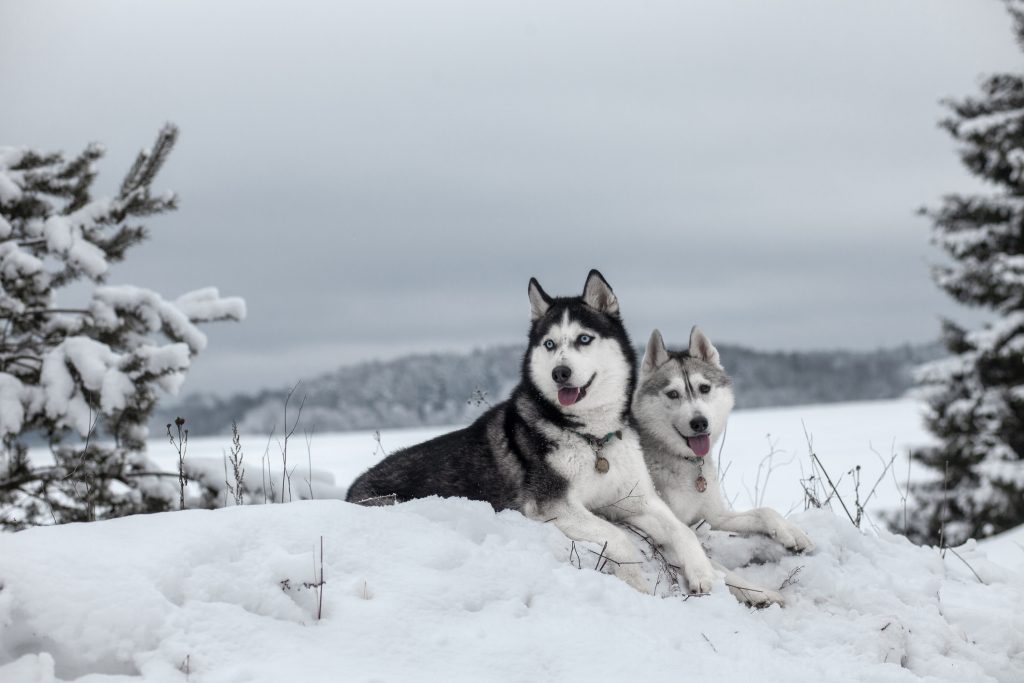
Finding Your Siberian Husky
- Reputable Breeders: A good breeder will:
- Health Test: Provide OFA/PennHIP certifications for hips and annual eye clearances.
- Focus on Temperament: Breed for stable, sound nerves.
- Be Knowledgeable: They will interview you extensively about your lifestyle, activity level, and containment.
- Rescue & Shelters: Husky-specific rescues are overflowing. They are one of the most commonly surrendered breeds because people are unprepared for their energy and escape-artist skills. Adopting an adult can be a wonderful way to provide a second chance.
Understanding the Cost: The initial cost from a reputable breeder in the U.S. ranges from $800 to $2,500+. The larger cost is the investment in secure containment (fencing) and the commitment of time and activity. Budget for high-quality food, potential training classes, and preventative healthcare.
Bringing a Siberian Husky into your life is a commitment to an active, adventurous, and often chaotic lifestyle. In return for your dedication, you will gain a loyal, beautiful, and endlessly entertaining companion whose love for life and adventure is truly contagious.

